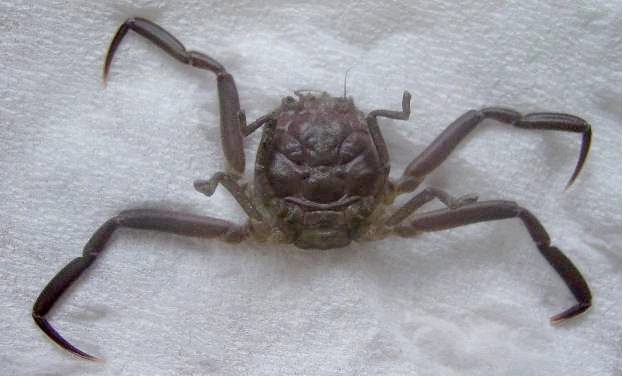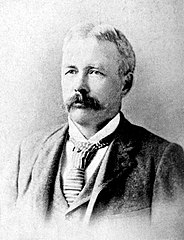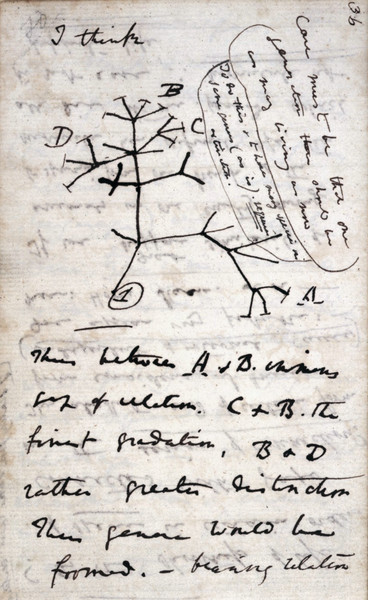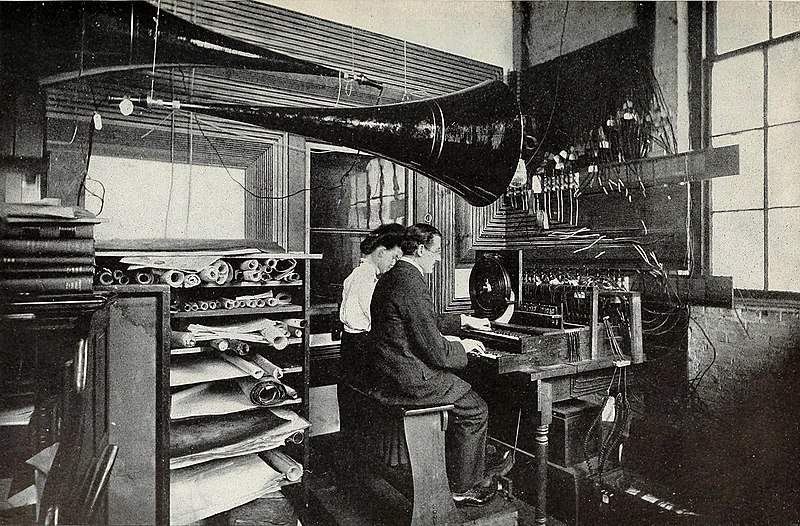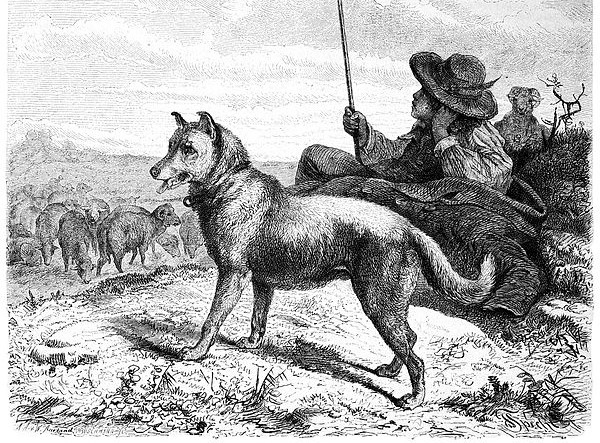Engaged to give a talk at a university, logician Raymond Smullyan arrived half an hour early and wrote the following sentence on the blackboard, “to give the audience something to mull over”:
You have no reason to believe this sentence.
This, he reasoned, was a paradox. If you have no reason to believe the sentence, then what it states is really the case, which is certainly a good reason to believe it. But if you have a good reason to believe it, then it must be true … which means that you have no reason to believe it.
Half an hour later he came down the stairs to a packed audience. Spotting a bright-looking boy in the front row, he pointed to the sentence and asked him, “Do you believe that sentence?”
“Yes,” said the boy.
“What is your reason?”
“I don’t have any.”
Smullyan asked, “Then why do you believe it?”
The boy said, “Intuition.”
(Raymond Smullyan, “Self-Reference in All Its Glory!” conference “Self-Reference,” Copenhagen, Oct. 31-Nov. 2, 2002.)

